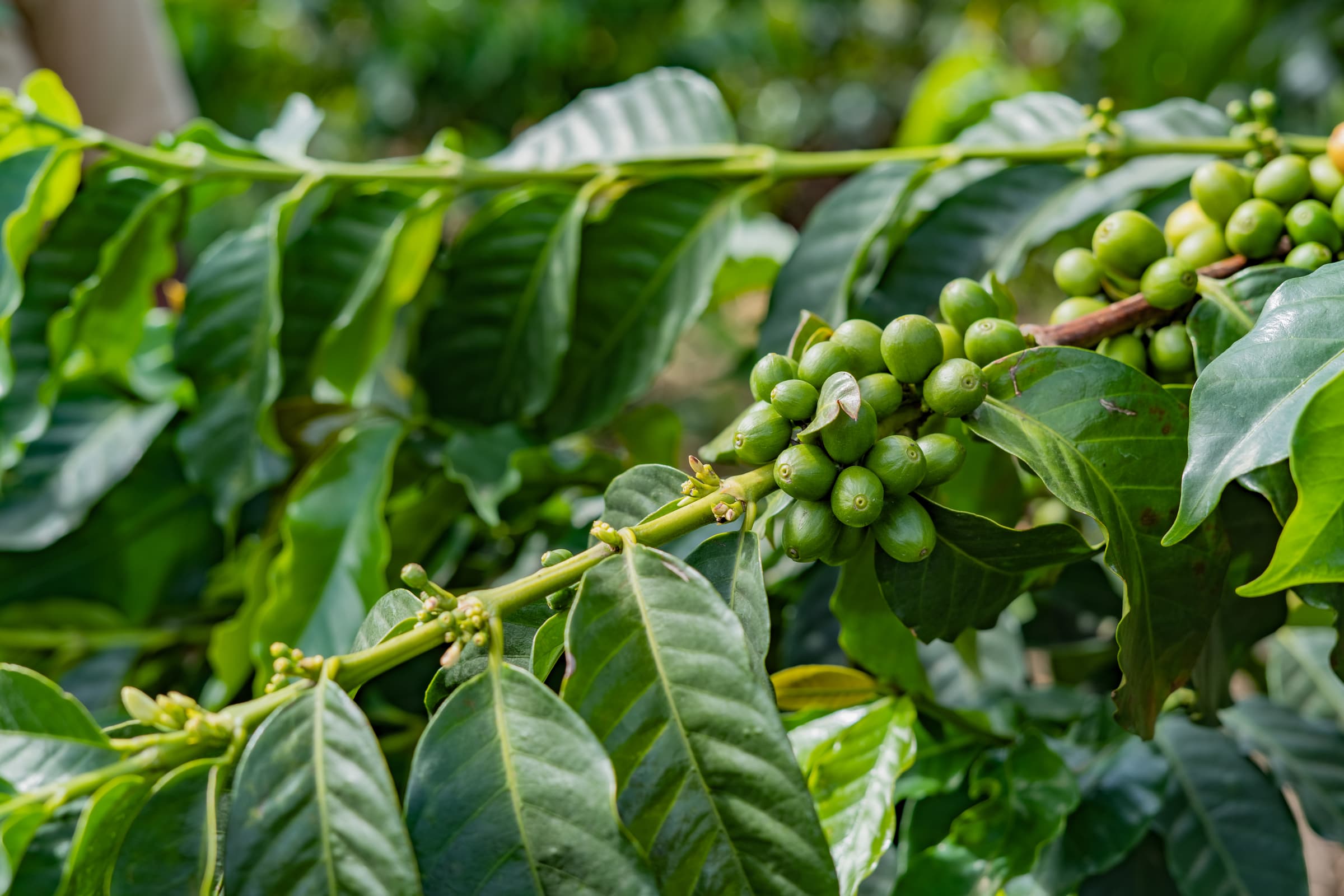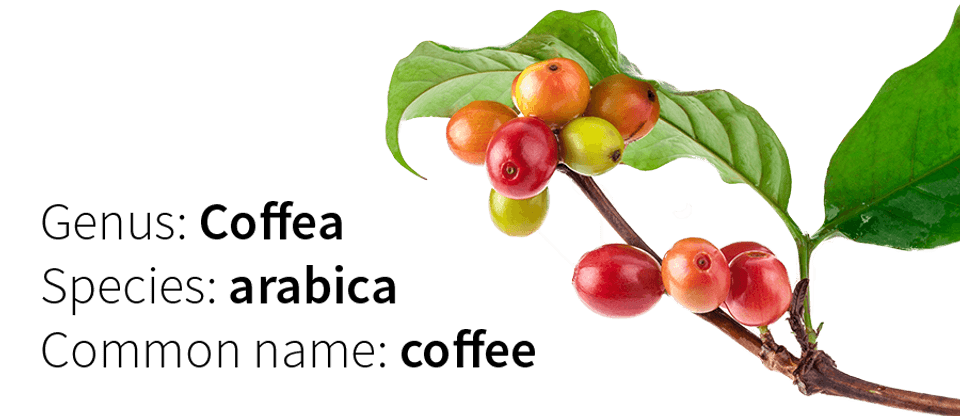New, more complete arabica genome to allow for more effective variety development
Italian consortium releases improved genome assembly for arabica coffee with future applications in breeding

Arabica tree with green cherries, Uganda.
In late January, scientists from the private, nonprofit research center and Italian consortium Istituto di Genomica Applicata (IGA) published a new and more comprehensive Coffea Arabica Bourbon genome that will inform breeders in developing the more resilient, high-performing coffee varieties of the future. This genome serves as an update to the first fully open-access C. arabica genome sequenced by the same consortium and published in 2018 by World Coffee Research (WCR).
To generate the updated genome assembly, researchers employed modern sequencing technologies that allowed for a more complete analysis of arabica’s chromosomal structure, including previously inaccessible regions. “With those types of technologies, it becomes much easier to assemble the genome,” said Dr. Michele Morgante, one of the study’s authors, in an interview with nature. Through this process, the researchers identified differences in the structure, function, and evolution of the genomes contributed by its two progenitor species, C. canephora (known commercially and colloquially as robusta) and C. eugenioides.

Coffea Arabica Genome
The researchers also performed a genomic analysis of 174 samples through which they observed a lack of genetic diversity within the arabica species. With this, though, their analysis also revealed an increase in diversity in some coffee cultivars at specific genomic regions—due to chromosomal abnormalities, deletions, and genetic segments donated by robusta-arabica hybridization—which they cite is “presumably a consequence of introgressions deriving from the so-called Timor Hybrid,” in their study published in Nature Communications.
These findings, which demonstrate a low level of variability at a DNA level but a level of considerable variability at the structural level, will be a useful resource for coffee breeders focused on genetic improvement and developing varieties with desirable characteristics such as resistance to pests and diseases and climate resilience.

Dr. Jorge Berny, WCR Research Scientist in Breeding and Genomics, inspects an arabica plant at Finca Flor Amarilla, El Salvador.
“These results underlie the high and positive impact that even limited interspecific introgression can have in a relatively low diversity species like C. arabica,” said Dr. Jorge Berny, WCR Research Scientist in Plant Breeding & Genomics, “It also shows that there is significant diversity within the species that is untapped—as well, that new mutations occurring naturally all the time and new variation being introduced from interspecific crosses. Breeding programs need to use and recombine this diversity, as this is how we can assure significantly improved varieties and ensure sustainable short and long-term genetic gain.”
This study was led by Drs. Simone Scalabrin, Michele Morgante, and Gabriele Di Gaspero of the Istituto di Genomica Applicata. Supporting contributors included WCR’s Dr. Jorge Berny and former WCR Molecular Breeder, Lucile Toniutti. Funding for the new research was provided by WCR member companies illycaffè and Lavazza.